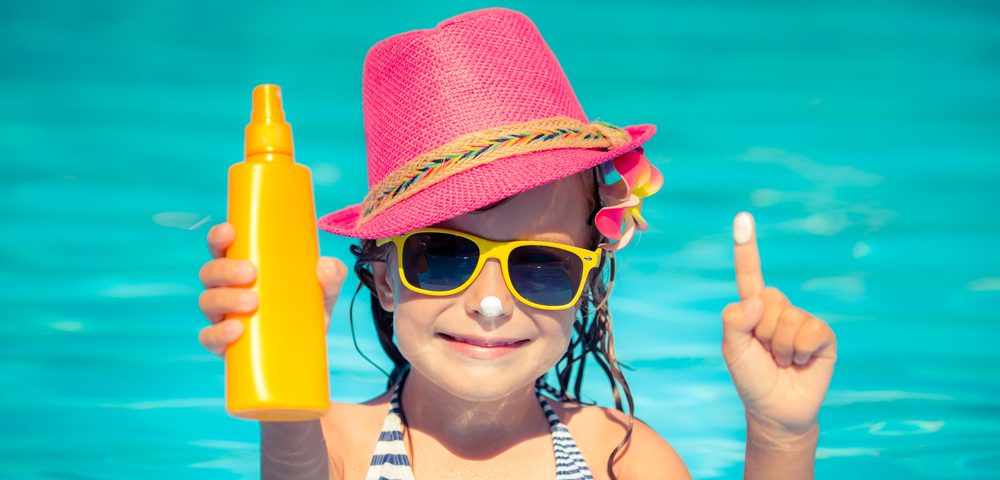Developed by United Kingdom researchers, a new compound dubbed “mitoiron claw” can protect cells from UVA radiation in sunlight and might enhance the effects of sunscreen and skin care products that now protect only against UVB radiation.
The compound that prevents oxidative damage by binding excess free iron, was described in the study “A Powerful Mitochondria-Targeted Iron Chelator Affords High Photoprotection against Solar Ultraviolet A Radiation,” published in the Journal of Investigative Dermatology.
Free iron concentration is high inside mitochondria, the cell’s powerhouse, where it is required for several vital functions. But upon UVA exposure, excess free iron may lead to the formation of harmful reactive oxygen species (ROS). Production of excessive mitochondria-mediated ROS can in turn lead to oxidative damage to several of the cell’s components, including the DNA and proteins which could bring early aging, cell death and increased risk of cancer.
The researchers led by Charareh Pourzand, from the Department of Pharmacy and Pharmacology at the University of Bath, created the mitoiron claw molecule that strongly and safely binds the excess free iron in mitochondria, preventing it from forming ROS upon UVA exposure. Collaborators included colleagues from Kings College London.
“The role of iron-mediated damage induced upon exposure of skin cells to UVA has been underestimated for many years. For efficient protection against UVA-induced iron damage of skin, strong chelators [iron binders] are needed, but until now these risked toxic effects caused by non-targeted iron starvation of cells,” Pourzand said in a press release.
Pourzand said the mitochondria-targeted compound provide a solution to the problem and could address the unmet need in skin care and sunscreen products. The team hopes further research and development will result in the compound added to products within 3-4 years.
“This mitoiron claw is a highly effective compound, offering unprecedented protection against UVA-induced mitochondrial damage,” he said.
Researchers showed that when skin cells were exposed to the UVA equivalent of 140 minutes of uninterrupted sun exposure at sea level, the treatment was able to effectively protect the cells against death, suggesting that it may protect skin cells from the devastating effects of UVA exposure.


